Intel has taken the wraps off its latest 13th generation “Raptor Lake” Core-class processors at CES 2023, including a 24-core laptop chip and a new N-series chip for entry-level laptops.
Raptor Lake Performance Improvements
Raptor Lake is the codename for Intel’s 13th generation Core processors. Compared to the 12th generation “Alder Lake” chips, Intel claims performance improvements up to 11% in single-core and 34% in multi-core workloads. (See our Alder Lake review.) Most of the performance improvements stem from increased core count and higher clock speeds, as Raptor Lake is architecturally very close to Alder Lake.
Intel’s Core line is as usual broken down into the highest-end Core i9 chips, followed by the enthusiast Core i7, then the mainstream Core i5, and then the entry-level Core i3. Except for the Core i3 line, all have a mix of Performance and Efficient cores; the Core i3 only has Performance cores. (Our previously linked Alder Lake review explains how the hybrid architecture works.) The N-class is new and not part of the Core lineup; it only features Efficient cores.
These 13th generation Core processors support the latest wireless technologies, including Wi-Fi 6E, Bluetooth 5.2, and Bluetooth LE audio. They support up to four Thunderbolt 4 ports for external connections up to 40Gbps. Some chips also feature Intel’s new Iris Xe graphics. Select chips also feature Intel’s new Modius vision processing unit; Intel describes it as follows: “Resulting from deep co-engineering with Microsoft on its new Windows Studio Effects, the AI-heavy tasks required for professional-grade collaboration and streaming can be offloaded to the VPU, freeing the CPU and GPU for other workloads or multitasking. “
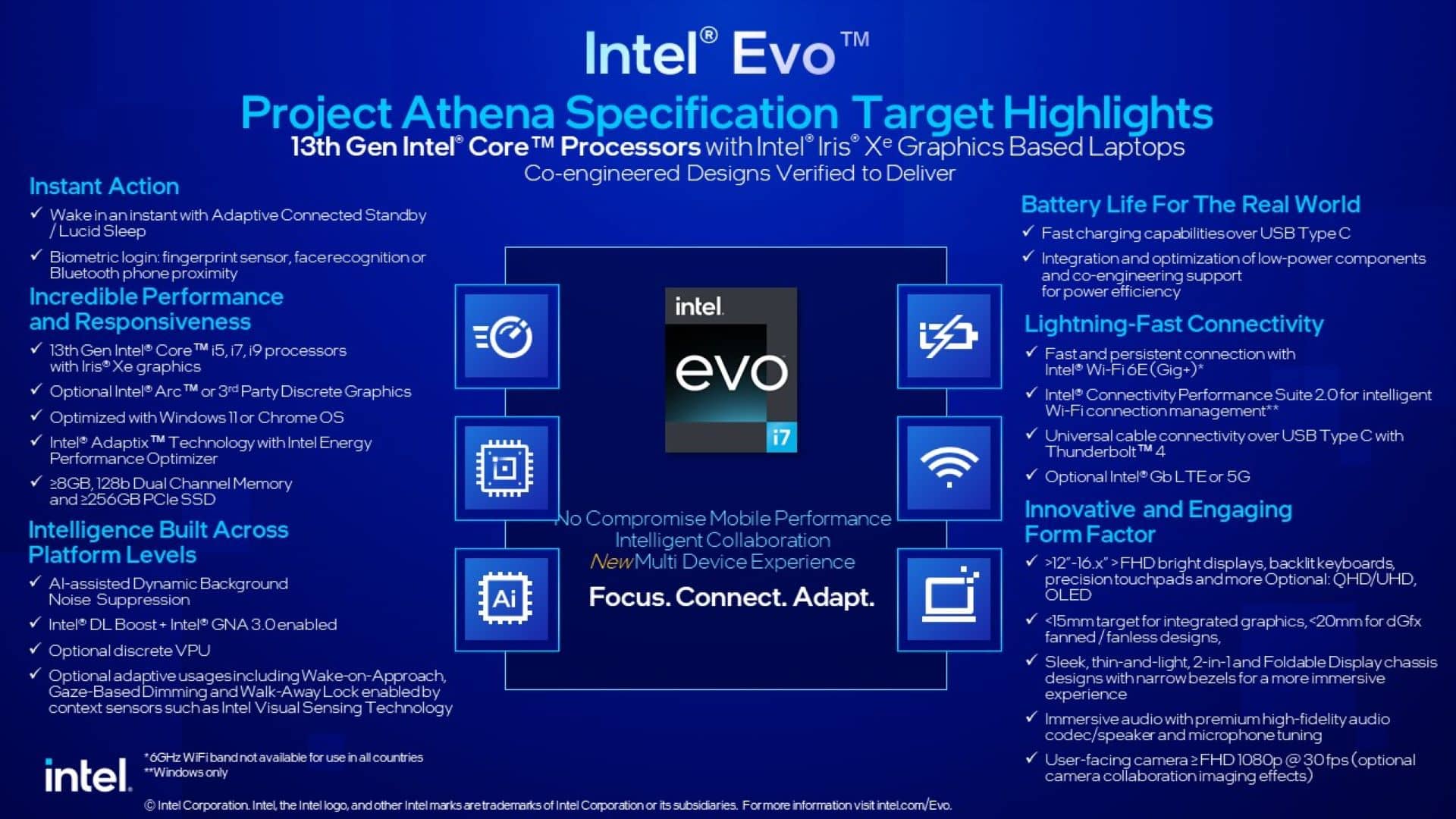
New 35- and 65-Watt Desktop Chips
The only 13th generation desktop Core chips announced to date have been enthusiast K-class models. As expected, mainstream 65-watt chips are now joining the lineup.
Some guidelines:
- Models with a F prefix don’t have integrated graphics, so you’ll need to pair them with a dedicated graphics card. Models without an F-prefix have Intel UHD 770 integrated graphics (Core i5-13600 and above) or UHD 730 (Core i5-13400 and below).
- Core i3 and i5 models support up to DDR5-4800 whereas Core i7 and i9 scale to DDR5-5600. All support DDR4-3200 and max out with 128GB of RAM (DDR4 or DDR5).
| Processor | Cores (P+E) | Threads | P-Core Base/Turbo (GHz) | E-Core Base/Turbo (GHz) | Processor Base Power (W) | Max Turbo Power | Price |
| I9-13900/i9-13900F | 24 (8+16) | 32 | 2.0/5.6 | 1.5/4.2 | 65 | 219 | $549/524 |
| I7-13700/i7-13700F | 16 (8+8) | 24 | 2.1/5.2 | 1.5/4.1 | 65 | 219 | $384/359 |
| I5-13600 | 14 (6+8) | 20 | 2.7/5.0 | 2.0/3.7 | 65 | 154 | $255 |
| I5-13500 | 14 (6+8) | 20 | 2.5/4.8 | 1.8/3.5 | 65 | 154 | $232 |
| I5-13400/i5-13400F | 10 (6+4) | 16 | 2.5/4.6GHz | 1.8/3.3GHz | 65 | 148 | $221/196 |
| I3-13100/i3-13100F | 4 (4+0) | 8 | 2.5/4.5GHz | N/A | 60/58 | 89 | $134/109 |
There are noticeable clockspeed bumps across the board versus the 12th generation chips, mainly seen in the Turbo frequencies. For instance, the Core i5-12600 had P-core Turbo of 4.8GHz and the Core i5-13600 bumps that to 5.0GHz. The Core i5-13600’s P-core base frequency is actually lower, at 2.7GHz versus 3.3GHz for the Core i5-12600, mainly because the Core i5-13600 also has E-cores. The only 12th generation Core i5 processors that had E-cores were the K-class chips, but all 13th generation Core i5 chips have them.
The maximum turbo power numbers have also increased versus the 12th generation chips, so expect the 13th generation to run hotter. The Core i5-12600’s number was 117W and the Core i5-13600 takes that to 154W.
There are also T-class Core desktop processors, which are typically used in mini-PCs. All these chips have integrated graphics (Intel UHD 770 for the Core i5-13500T and above, UHD 730 for below). As with the 65-watt chips, DDR4-3200 is supported by all chips. The Core i3 through i5 support up to DDR5-4800 while the Core i7 and i9 chips go up to DDR5-5600.
| Processor | Cores (P+E) | Threads | P-Core Base/Turbo (GHz) | E-Core Base/Turbo (GHz) | Processor Base Power (W) | Max Turbo Power | Price |
| I9-13900T | 24 (8+16) | 32 | 1.1/5.3 | 0.8/3.9 | 35 | 106 | $549 |
| I7-13700T | 16 (8+8) | 24 | 1.4/4.9 | 1.0/3.6 | 35 | 106 | $384 |
| I5-13600T | 14 (6+8) | 20 | 1.8/4.8 | 1.3/3.4 | 35 | 92 | $255 |
| I5-13500T | 14 (6+8) | 20 | 1.6/4.6 | 1.2/3.2 | 35 | 92 | $232 |
| I5-13400T | 10 (6+4) | 16 | 1.3/4.4 | 1.0/3.0 | 35 | 82 | $221 |
| I3-13100T | 4 (4+0) | 8 | 2.5/4.2 | N/A | 35 | 69 | $134 |
The lower base power of the T-class chips (versus the 65-watt and higher chips) severely restricts their P- and E-core base clocks. For example, the Core i9-13900 has a P-core base of 2.0GHz whereas the Core i9-13900T is just 1.1GHz. For short bursts, though, the Core i9-13900T and the Core i9-13900 ought to perform similarly. Besides base clocks, the T-class chips generally share the same specifications as the 65-watt chips, right down to the core and thread count.
New Raptor Lake Laptop Processors
The 13th generation laptop Core processor lineup will have the four major processor classes that we saw in the 12th generation Core lineup. The most fundamental difference between the classes is power rating. The more powerful chips also tend to have higher core and thread counts. The classes include:
- HX class: Extreme (55W)
- H-series: Enthusiast (45W)
- P-series: Performance thin-and-light (28W)
- U-series: Ultra thin-and-light (15W)
There will also be an N-series chip that is not part of the Core lineup.
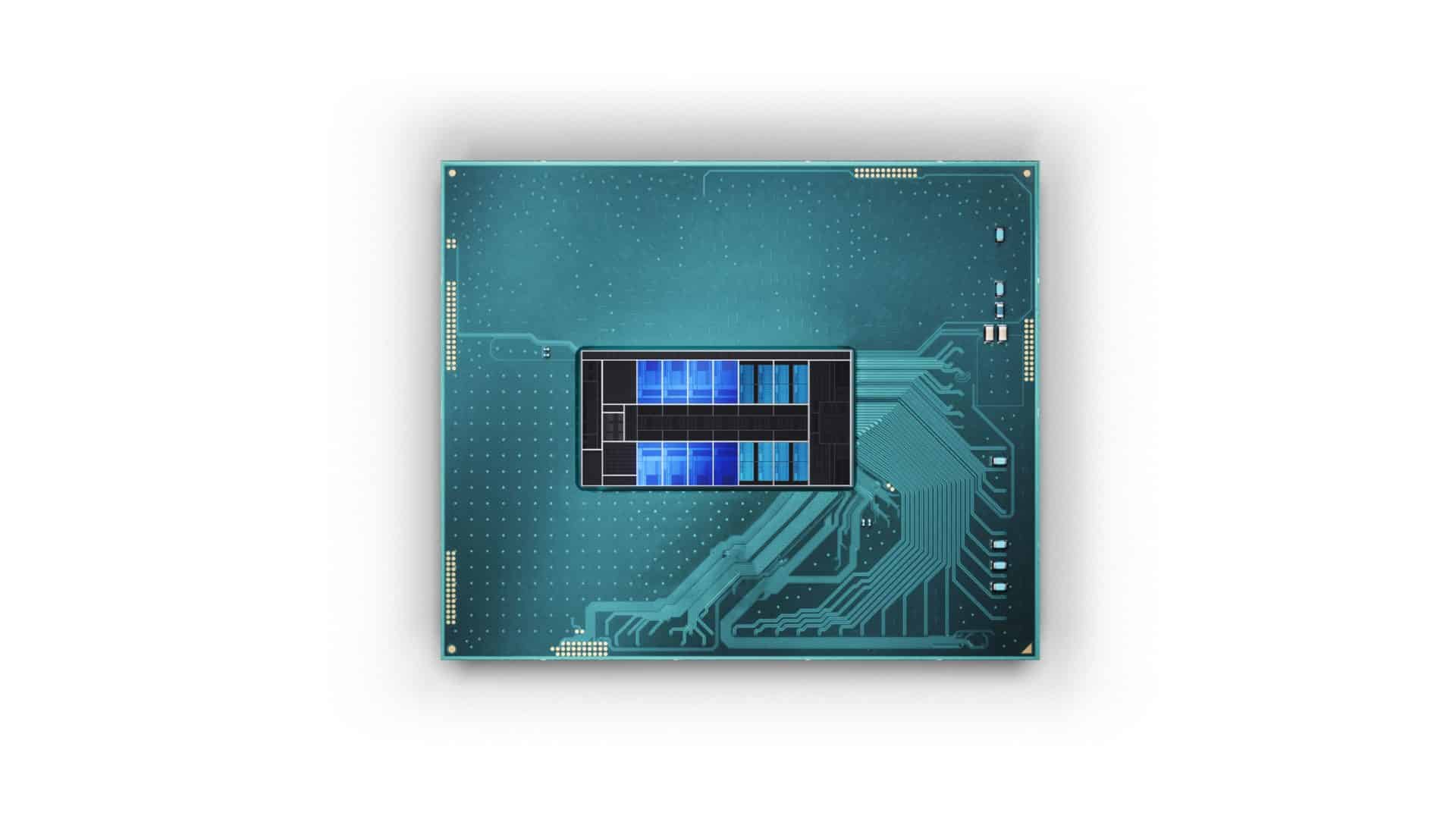
Let’s look at the Core HX first. This class was new with the 12th generation lineup. Intel claims they’re the fastest mobile processors. They compete with AMD’s Ryzen HX-series mobile chips.
| Processor | Cores (P+E) | Threads | P-Core Base/Turbo (GHz) | E-Core Base/Turbo (GHz) | Processor Base Power (W) | Max Turbo Power | Intel vPro Eligible |
| I9-13980HX | 24 (8+16) | 32 | 2.2/5.6 | 1.6/4.0 | 55 | 157 | |
| I9-13950HX | 24 (8+16) | 32 | 2.2/5.5 | 1.6/4.0 | 55 | 157 | Enterprise |
| I9-13900HX | 24 (8+16) | 32 | 2.2/5.4 | 1.6/3.9 | 55 | 157 | |
| I7-13850HX | 20 (8+12) | 28 | 2.1/5.3 | 1.5/3.8 | 55 | 157 | Enterprise |
| I7-13700HX | 16 (8+8) | 24 | 2.1/5.0 | 1.5/3.7 | 55 | 157 | |
| I7-13650HX | 14 (6+8) | 20 | 2.6/4.9 | 1.9/3.6 | 55 | 157 | |
| I5-13600HX | 14 (6+8) | 20 | 2.6/4.8 | 1.9/3.6 | 55 | 157 | Enterprise |
| I5-13500HX | 14 (6+8) | 20 | 2.5/4.7 | 1.8/3.5 | 55 | 157 | |
| I5-13450HX | 10 (6+4) | 16 | 2.4/4.6 | 1.8/3.4 | 55 | 157 |
As with the desktop Raptor Lake chips, we’re seeing core and thread count increases and higher clocks across the board. Unlike other Intel mobile chips, the HX-series is overclockable.
The next rung down the ladder is the H-series enthusiast chips. These are typically found in gaming notebooks and workstations. Their core count is lower than the HX-series, maxing out at six P-cores and eight E-cores.
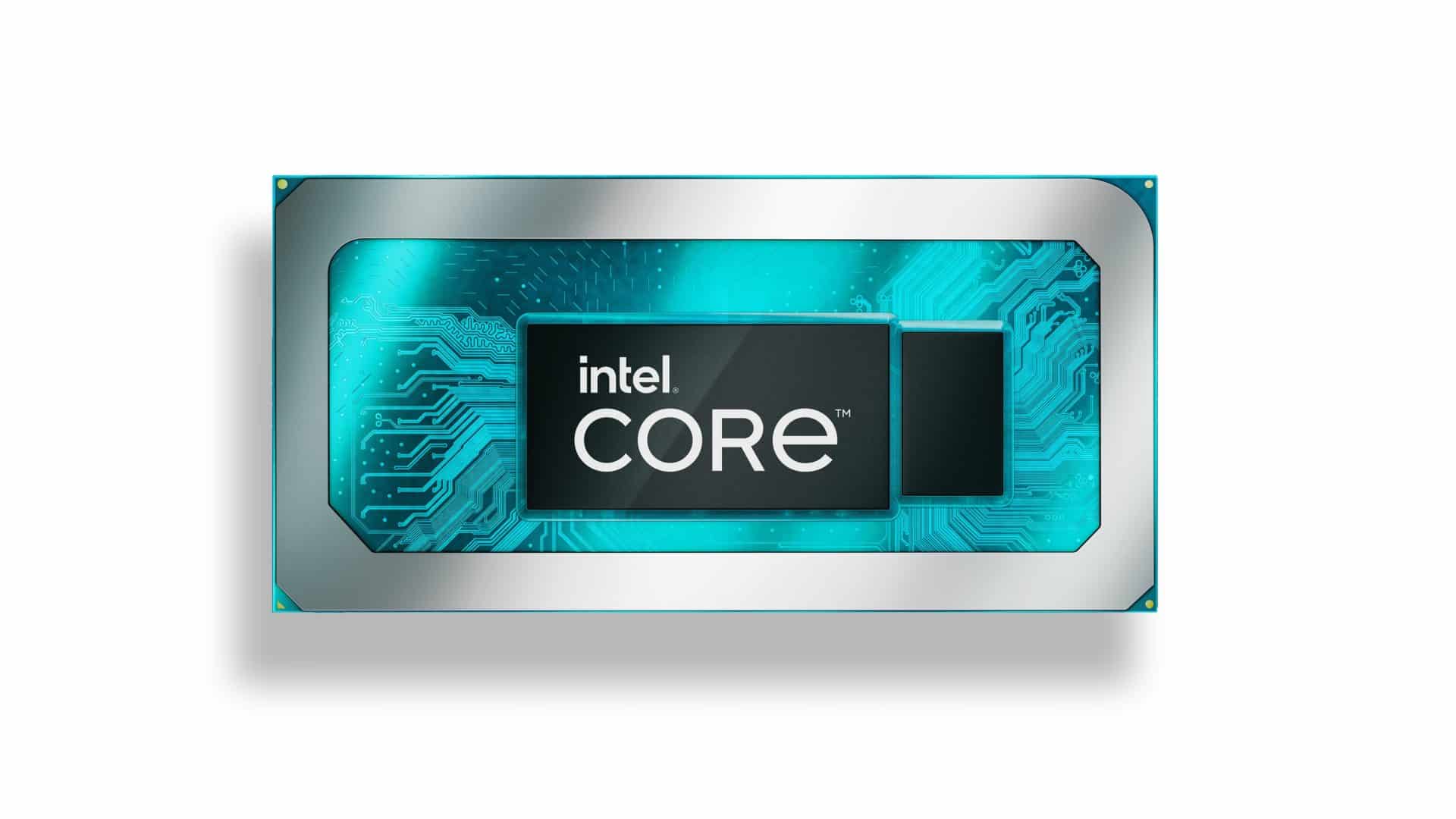
| Processor | Cores (P+E) | Threads | P-Core Base/Turbo (GHz) | E-Core Base/Turbo (GHz) | Processor Base Power (W) | Max Turbo Power | Intel vPro Eligible |
| I9-13900HK | 14 (6+8) | 20 | 2.6/5.4 | 1.9/4.1 | 45 | 115 | Essentials |
| I9-13905H | 14 (6+8) | 20 | 2.6/5.4 | 1.9/4.1 | 45 | 115 | |
| I9-13900H | 14 (6+8) | 20 | 2.6/5.4 | 1.9/4.1 | 45 | 115 | Enterprise |
| I7-13800H | 14 (6+8) | 20 | 2.5/5.2 | 1.8/4.0 | 45 | 115 | Enterprise |
| I7-13705H | 14 (6+8) | 20 | 2.4/5.0 | 1.8/3.7 | 45 | 115 | |
| I7-13700H | 14 (6+8) | 20 | 2.4/5.0 | 1.8/3.7 | 45 | 115 | Essentials |
| I7-13620H | 10 (6+4) | 16 | 2.4/4.9 | 1.8/3.6 | 45 | 115 | |
| I5-13600H | 12 (4+8) | 16 | 2.8/4.8 | 2.1/3.6 | 45 | 95 | Enterprise |
| I5-13505H | 12 (4+8) | 16 | 2.6/4.7 | 1.9/3.5 | 45 | 95 | |
| I5-13500H | 12 (4+8) | 16 | 2.6/4.7 | 1.9/3.5 | 45 | 95 | Essentials |
| I5-13420H | 8 (4+4) | 12 | 2.1/4.6 | 1.5/3.4 | 45 | 95 |
The chips ending with “5H”, such as the Core i9-13905H, are called type 4 SKUs and only support LPDDR5X-6400. The reason for this isn’t clear, but it might have to do with integrated graphics performance. These chips all sport onboard graphics.
Next up are the P-series chips, usually found in thin-and-light laptops with a slant towards greater performance. There are just four.
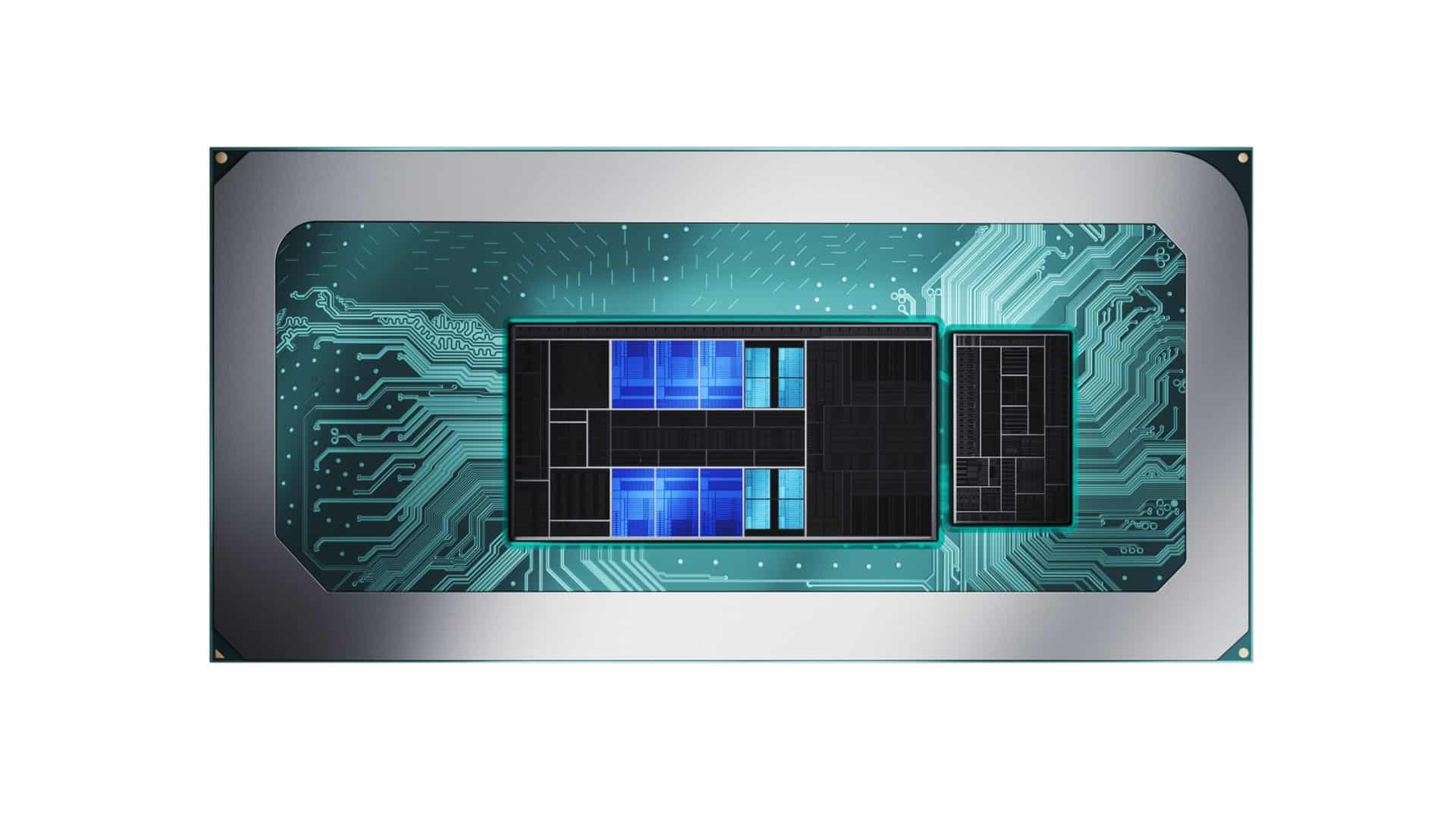
| Processor | Cores (P+E) | Threads | P-Core Base/Turbo (GHz) | E-Core Base/Turbo (GHz) | Processor Base Power (W) | Max Turbo Power | Intel vPro Eligible |
| I7-1370P | 14 (6+8) | 20 | 1.9/5.2 | 1.4/3.9 | 28 | 64 | Enterprise |
| I7-1360P | 12 (4+8) | 16 | 2.2/5.0 | 1.6/3.7 | 28 | 64 | Essentials |
| I5-1350P | 12 (4+8) | 16 | 1.9/4.7 | 1.4/3.5 | 28 | 64 | Enterprise |
| I5-1340P | 12 (4+8) | 16 | 1.9/4.6 | 1.4/3.4 | 28 | 64 | Essentials |
Now we’ll look at the U-series chips designed for thin-and-light notebooks, such as convertible 2-in-1 hybrids that might not have as much cooling. These chips have at most two P-cores.
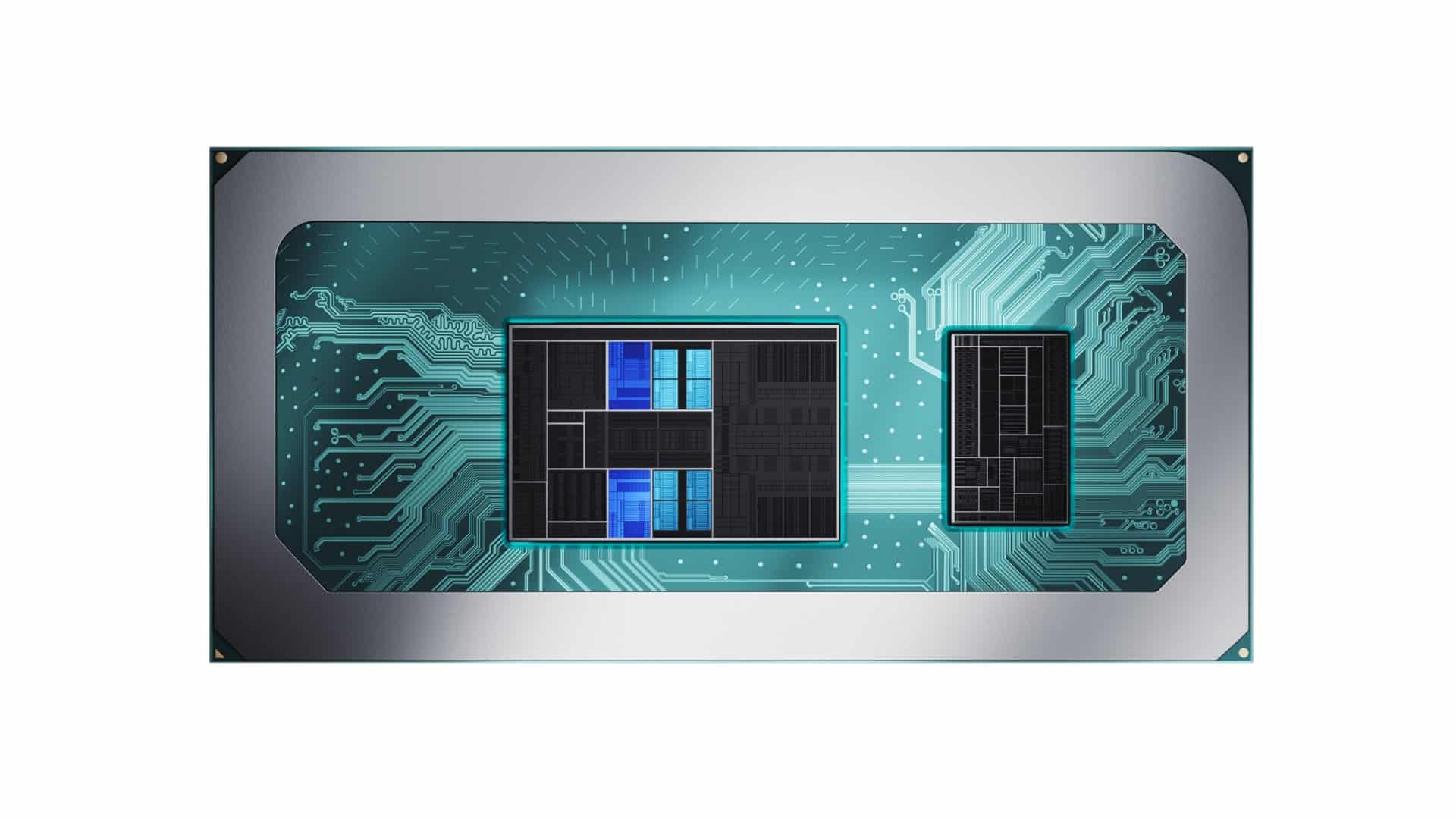
| Processor | Cores (P+E) | Threads | P-Core Base/Turbo (GHz) | E-Core Base/Turbo (GHz) | Processor Base Power (W) | Max Turbo Power | Intel vPro Eligible |
| I7-1365U | 10 (2+8) | 12 | 1.8/5.2 | 1.3/3.9 | 15 | 55 | Enterprise |
| I7-1355U | 10 (2+8) | 12 | 1.7/5.0 | 1.2/3.7 | 15 | 55 | Essentials |
| I5-1345U | 10 (2+8) | 12 | 1.6/4.7 | 1.2/3.5 | 15 | 55 | Enterprise |
| I5-1335U | 10 (2+8) | 12 | 1.3/4.6 | 0.9/3.4 | 15 | 55 | Essentials |
| I5-1334U | 10 (2+8) | 12 | 1.3/4.6 | 0.9/3.4 | 15 | 55 | Essentials |
| I3-1315U | 6 (2+4) | 8 | 1.2/4.5 | 0.9/3.3 | 15 | 55 | |
| I5-1305U | 5 (1+4) | 6 | 1.6/4.5 | 1.2/3.3 | 15 | 55 | |
| Intel Processor U300 | 5 (1+4) | 6 | 1.2/4.4 | 0.9/3.3 | 15 | 55 |
There are some oddballs in here, especially the U300, which isn’t part of the Core class at all, but it’s still a U-series chip. It’s referred to as simply the Intel Processor U300. Both it and the Core i3-1305U have just one Performance core. Expect to see them in inexpensive laptops.
Last up are the new N-series chips for entry-level laptops and desktops. These chips have only E-cores.
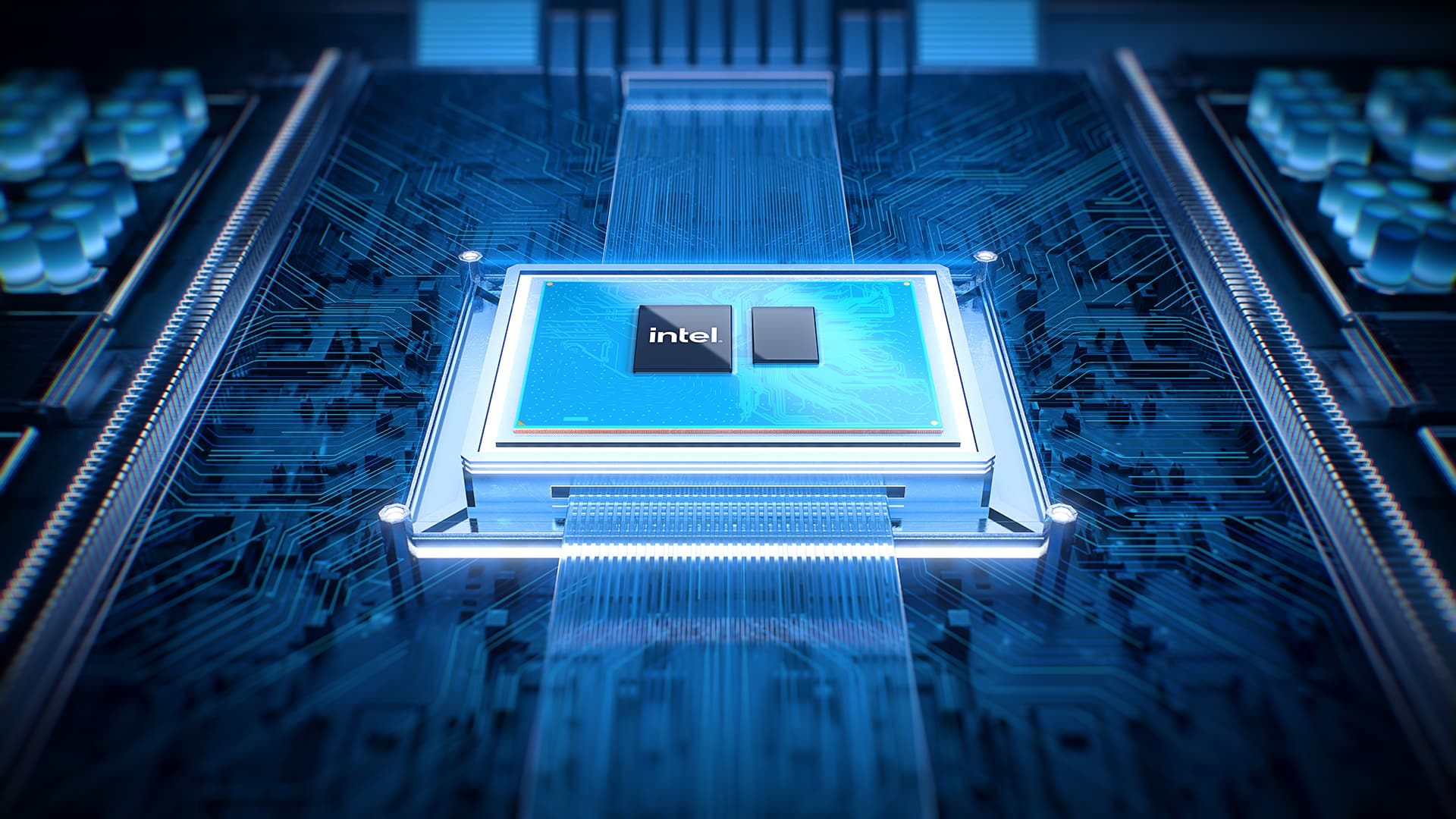
| Processor | Cores | Threads | Max Turbo (GHz) | Max Turbo Power |
| I3-N305 | 8 | 8 | 3.8 | 15 |
| I3-N300 | 8 | 8 | 3.8 | 7 |
| Intel Processor N200 | 4 | 4 | 3.7 | 6 |
| Intel Processor N100 | 4 | 4 | 3.4 | 6 |
This is also a curious bunch, a class we haven’t seen before, but it looks to be along the lines of the Pentium and Celeron budget brands of what seems like ages ago.
Raptor Lake Chipsets & Conclusion
There are also two new mobile chips with the 13th generation Core chips, the HM770 for most notebooks and the WM790 chip for workstations. Expect the 13th generation chips to offer all-around performance improvements versus the 12th generation chips, which assumes that laptop makers keep up with the increased cooling demands. If the desktop chips are any indication, these will run warmer.
Find the full list of 13th generation Intel Core mobile processors on Intel ARK.




 Amazon
Amazon